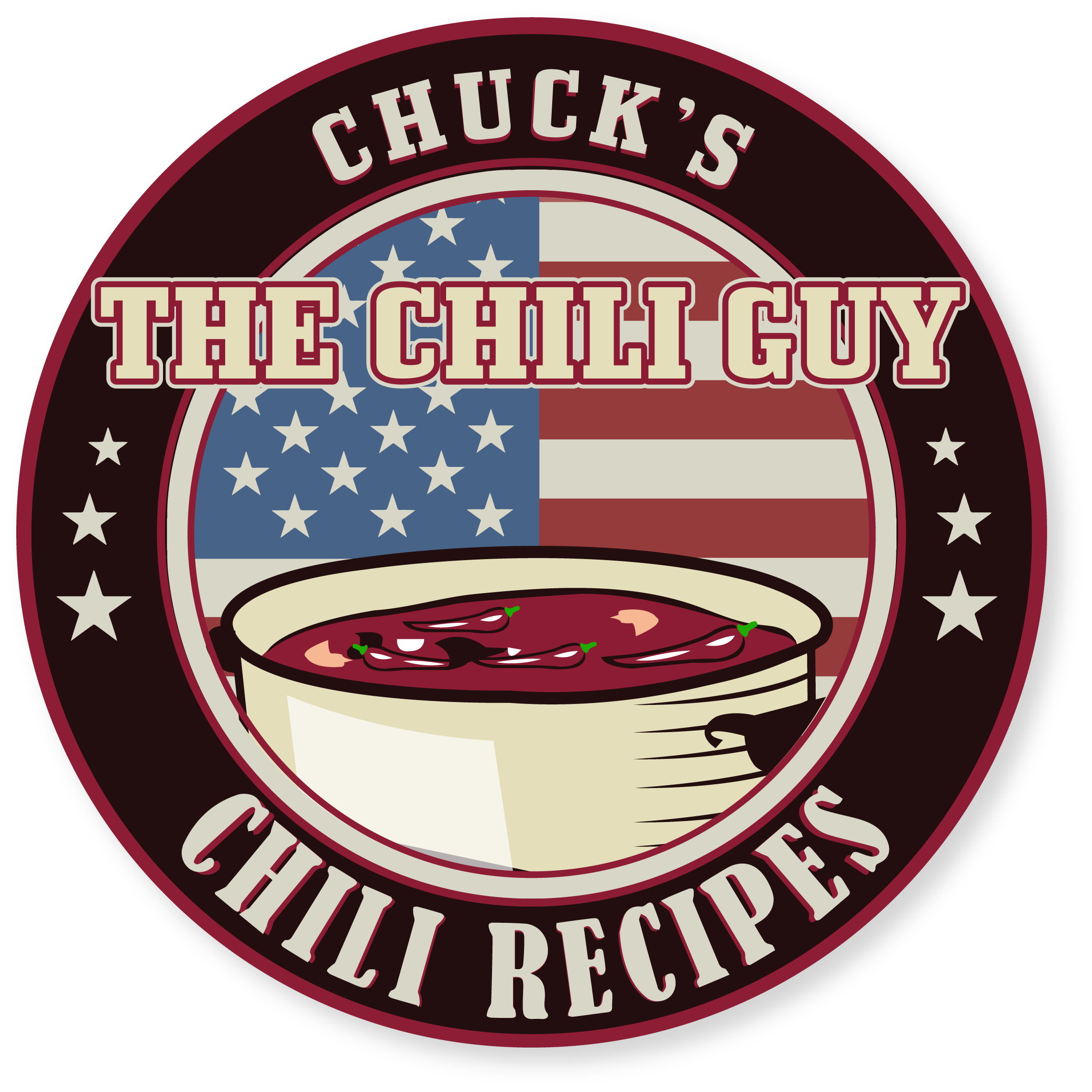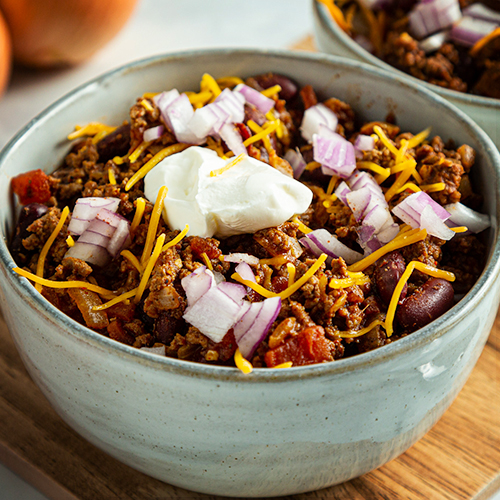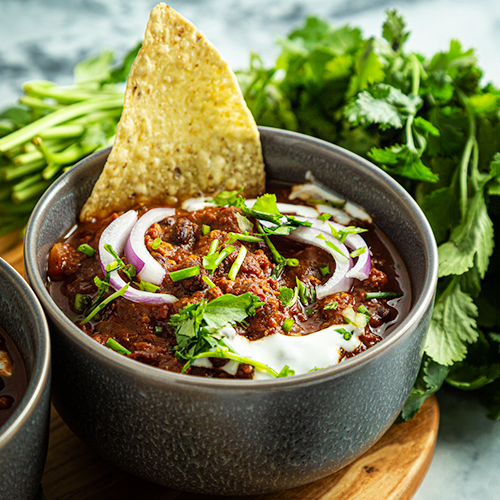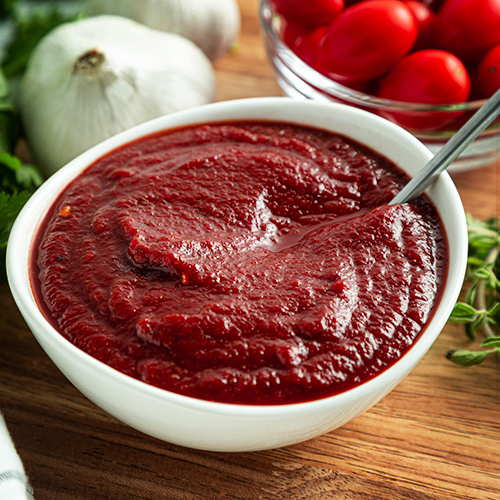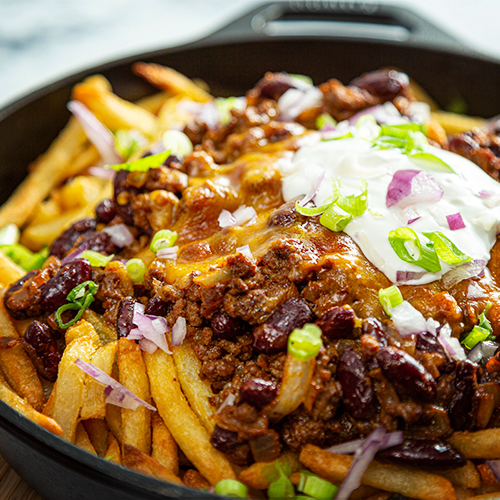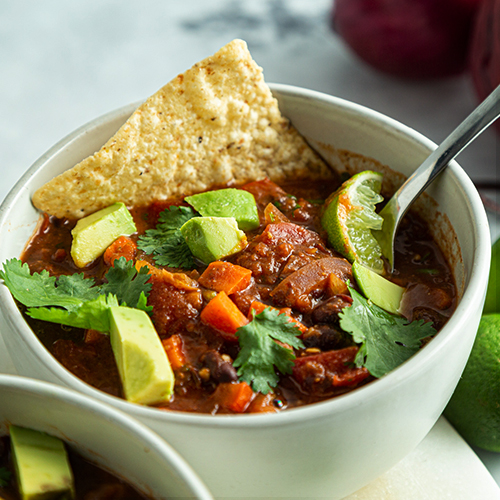Foods That Make You Fart: The Gassiest Foods According to Science
Did you know that on average, adults pass gas around 15 times a day? Some of us may pass gas much more or much less than others, and what you eat plays a big part in how much gas you’re passing. In this new infographic from Chuck’s Chili Recipes, you’ll learn about the different types of food that, according to science, will be the most instrumental in how much gas you’ll be passing!

Here’s a look at some of the different types of foods that are considered to be the gassiest foods out there, according to science.
- Beans: Within beans is plenty of raffinose, which is a complex sugar that your body finds difficult to digest. It goes through the small intestine into the large intestine, where bacteria break the raffinose down. As a result of this, your body produces hydrogen, methane gas, and carbon dioxide, all of which cause you to become gassy. This is why you fart after eating chili!
- Dairy Products: Yogurt, cheese, and milk are just some of the foods that fall into this category that will certainly make you pass more gas. This is because lactose is a sugar that’s found in most dairy products, including milk, cheese, yogurt, and ice cream. If you’re someone who doesn’t produce enough lactase, then you’ll definitely have difficulty digesting lactose, a condition known as lactose intolerance. With lactose intolerance comes the symptom of increased gas.
- Whole Grains: Wheat and oats are examples of whole grains that contain starch, raffinose, and fiber, which are all broken down by bacteria in your large intestine. With this comes an increased amount of gas. Oddly enough, the only grain that doesn’t increase your amount of gas is rice.
- Chewing Gum: Believe it or not, chewing gum can cause increased amounts of gas. This is because when you’re chewing, you’re swallowing more air, and many sugar-free gums are harder to digest due to being sweetened with sugar alcohols.
- Fruits: Fruits such as apples, peaches, pears, and prunes contain the natural sugar alcohol sorbitol, which the body has trouble digesting. Many fruits also have soluble fiber, which is a type of fiber that dissolves in water. Sorbitol and soluble fiber must both also pass through the large intestine, where bacteria break them down to create hydrogen, carbon dioxide, and methane gas.
Here are some fascinating facts about passing gas!
- “Flatus” is the medical term for what farts are made of. The first known use of the term came in 1961 and simply means “gas generated in the stomach or bowels.”
- Adults fart nearly 15 times each day. On a daily basis, adults will produce roughly two pints of gas.
- Sulfur is what makes farts stink. Sulfur plays a big part in why your farts smell bad, and it comes from certain foods you eat, like dairy products, Brussels sprouts, cauliflower, and broccoli.
- Your farts can smell worse in the shower. Between the lack of clothing to absorb the smell and being in an enclosed space, things could get rough in the shower!
- Termites are the most notorious animal farters. Termites release about 20 million tons of methane annually, which is 1-3% of the world’s methane emissions.
- Farting is actually a fetish for some. Some are aroused by flatulence, a fetish that is referred to as “eproctophilia.”
| Food | Why it makes you gassy |
| Beans | Beans contain plenty of raffinose, which is a complex sugar that the body has difficulty digesting. Raffinose passes through the small intestine into the large intestine, where bacteria break it down, producing hydrogen, carbon dioxide, and methane gas, which causes you to be gassy. |
| Dairy Products | Lactose is a sugar that’s found in most dairy products, including milk, ice cream, and cheese. If you don’t produce enough lactase, you’ll have difficulty digesting lactose, which is known as lactose intolerance. One symptom of lactose intolerance is increased gas. |
| Sodas | Sodas and other carbonated drinks can add significantly to the amount of air you swallow. When air gets into your digestive tract, it has to pass through somehow. This causes burping and may also increase how much gas you pass. Swapping soda for juice, tea, or water (with no carbonation) may help you reduce gas. |
| Vegetables | Certain vegetables, such as Brussels sprouts, broccoli, cabbage, asparagus, and cauliflower, are known to cause excess gas. Like beans, these vegetables also contain the complex sugar raffinose. However, these are very healthy foods, so you may want to talk with your doctor before eliminating them from your diet. |
| Whole Grains | Whole grains such as wheat and oats contain fiber, raffinose, and starch. All of these are broken down by bacteria in the large intestine, which leads to gas. In fact, rice is the only grain that doesn’t cause gas. |
| Fruits | Fruits such as apples, peaches, pears, and prunes contain the natural sugar alcohol sorbitol, which the body has trouble digesting. Many fruits also have soluble fiber, which is a type of fiber that dissolves in water. Sorbitol and soluble fiber must both pass through the large intestine, where bacteria break them down to create hydrogen, carbon dioxide, and methane gas. |
| Hard Candy | Like with carbonated drinks, sucking on hard candy can cause you to swallow extra air. Many candies also use sorbitol as a sweetener. These two factors can contribute to extra gas. |
| Chewing Gum | Gum seems like an unlikely source for gas, but chewing it can make you swallow more air. Many sugar-free gums are also sweetened with sugar alcohols that are harder to digest, such as sorbitol, mannitol, and xylitol. If you burp a lot, your doctor may recommend that you stop chewing gum to reduce gas. |
| Processed Foods | Processed foods are packaged goods such as breads, snack foods, cereal, and salad dressing. These contain a variety of ingredients, including fructose and lactose. This combination can lead to increased gas. |
Use the following embed code to post this infographic on your website:
This page was last updated by Chuck Miller
